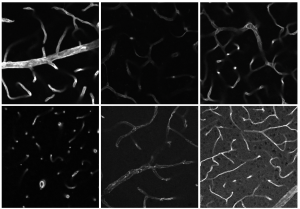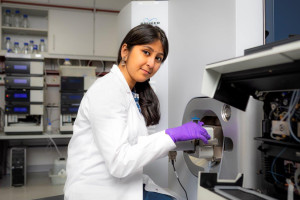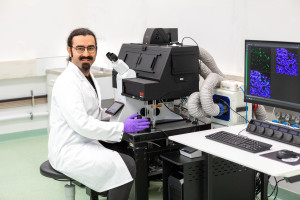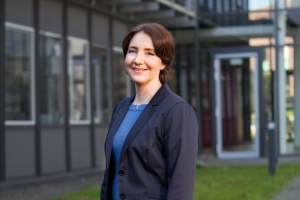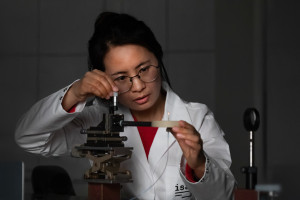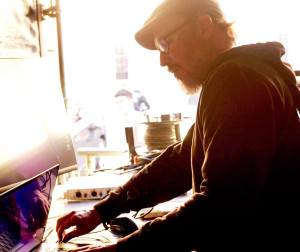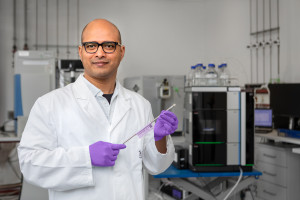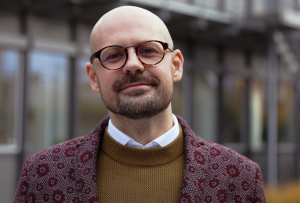Dortmund, 21st October 2024
Sustainability is a key topic of our time and permeates all scientific disciplines. Whether in energy generation or mobility - many researchers are looking for ways to make processes more resource-efficient and yet more efficient. In the healthcare sector, artificial intelligence (AI) is already helping to analyse medical images and continuously monitor health data. The potential areas of application, especially for machine learning (ML) are constantly increasing. However, with increasing size and complexity, AI models require more resources - including not only energy, computing power and memory, but also expertise, for example. This increased resource consumption will soon pose serious sustainability issues for some hospitals and research institutes, warns a team of researchers from the USA, China and Germany (ISAS). The AI experts presented their reasoning and solutions for sustainable AI in healthcare in the journal Nature Machine Intelligence.
The resource requirements of AI systems vary over the entire life cycle, from development to final use. The authors, including Dr Jianxu Chen from ISAS, therefore want to take a holistic view of sustainability. Their approach starts before an AI/ML model is even used. This is because careful and time-consuming preparation of the training data is crucial for its performance. However, with the growing volume of medical images, the number of medical specialists remains limited, which is already leading to bottlenecks in data preparation. Technical and structural factors also play a role. For example, the often limited budgets in hospitals can hardly be reconciled with the necessary upgrading and maintenance of existing storage infrastructures. The network structures for data transmission, which are generally not designed for the data volumes of AI models, could also lead to delays or data loss. At the same time, access to powerful servers and supercomputers provides researchers with the necessary basic framework, but presents them with the problem of almost unsustainable energy consumption.

Dr Jianxu Chen (left) from the ISAS research group AMBIOM and Prof Dr Yiyu Shi from the University of Notre Dame (USA) are among the authors of the publication in Nature Machine Intelligence. The photo was taken during a guest lecture at ISAS.
© ISAS / Hannes Woidich
Article Recommendation
Jia, Z., Chen, J., Xu, X., Kheir, J., Hu, J., Xiao, H., Peng, S., Hu, X.S., Chen, D., Shi, Y.
(2023) The importance of resource awareness in artificial intelligence for healthcare. Nature Machine Intelligence (5): 687-698. https://doi.org/10.1038/s42256-023-00670-0
Optimising models step by step
In order to meet these challenges as quickly as possible, there are already ways of adapting existing models. Instead of developing systems from scratch, researchers could, for example, apply and adapt pre-trained models from similar medical systems to new domains. Such an approach would not only require comparatively little training data and expertise, but would also deliver the desired results faster and more easily. According to the authors, another option is to compress existing AI/ML models. This involves using certain algorithms to reduce the number of calculations in the models while maintaining a comparable level of predictive accuracy. In this way, the ecological footprint can be reduced in the long term through reduced energy costs and reduced data storage requirements.
A proactive approach to resource sustainability issues
In the long term, however, the researchers recommend a proactive approach that focuses on various aspects of sustainability. Going forward, it will be important to co-ordinate hardware, algorithms and models from the very beginning in order to determine the best configurations for resource-saving solutions. In the best-case scenario, a cost model should accurately predict the sustainability of a system and estimate the resources required for model updates and adjustments over time. In addition, ML models could relieve experts of the burden of data preparation through a kind of transparent "autonomy". The authors suggest that more use should be made of so-called self-supervised learning, where the model annotates the training data without human assistance before the learning phase. For some processes, such as segmentation, this can not only be significantly faster, but also more objective. The team focuses on transparency and traceability: continuous feedback from medical experts should improve the efficiency and accuracy of the models and strengthen trust in the technology.
The MSCoreSys associated junior research group AMBIOM – Analysis of Microscopic BiOMedical Images is funded by the Federal Ministry of Education and Research (Bundesministerium für Bildung und Forschung, BMBF) under the funding reference 161L0272.
(Cheyenne Peters)
